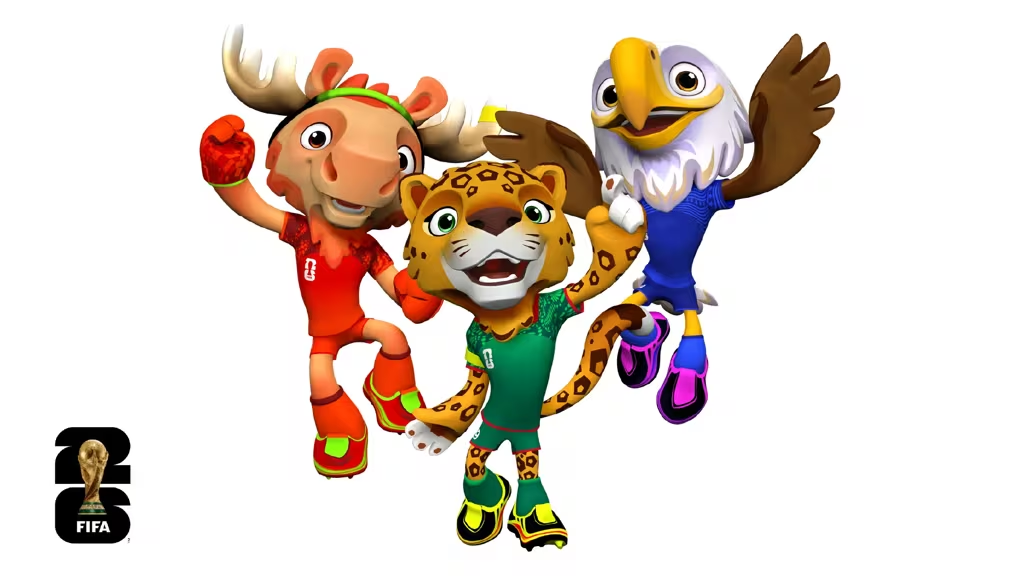When adidas and FIFA unveiled the Trionda, the official match ball for the 2026 FIFA World Cup, they did more than introduce a new piece of equipment. They rekindled a legacy — one that began more than half a century ago on Mexican soil, with the Telstar, the ball that changed football forever.
The Legacy of Telstar: Born in Mexico, Broadcast to the World
The year was 1970, and Mexico was hosting the world’s greatest sporting event for the first time. It was also the debut of adidas as the official World Cup ball supplier — and the birth of an icon: the Telstar.
The Telstar was revolutionary. With its 32-panel black-and-white pattern, it wasn’t just easier to spot on the field — it was designed to stand out on black-and-white televisions, marking football’s first truly global broadcast era. Its very name — Telstar, short for “television star” — captured that shift.
Beyond looks, its Durlast coating made it more durable and water-resistant than anything that came before. It was the perfect symbol of Mexico 1970: innovation, spectacle, and a bridge between old and new worlds.
See below how adidas presented the history of the World Cup soccer balls since 1970 at The Sphere in Las Vegas.
Enter Trionda: A Ball for Three Nations, One Game
Fast forward to 2026, and football is returning to Mexico — this time alongside Canada and the United States. To celebrate this shared moment, adidas introduced Trionda, a name that fuses “tri” (for the three host nations) with “onda”, Spanish for wave — a poetic nod to movement, connection, and energy.
Each curve of Trionda’s surface carries cultural and national meaning:
- Green and gold echoes the colors of Mexico, a subtle tribute to the host that helped define the modern World Cup.
- Red and white pay homage to Canada and its maple leaf emblem.
- Blue and silver reference the United States and its stars.
Together, they form a visual symphony of unity — a reflection of a tournament that transcends borders.
Inside the Trionda: The Most Advanced World Cup Ball Ever Made
If Telstar was the symbol of football’s television age, Trionda is the icon of its digital and data-driven future.
The 2026 match ball features:
- Four aerodynamic panels that reduce drag and optimize flight stability.
- A new grip micro-texture for precision in all weather conditions.
- Most impressively, a built-in motion sensor transmitting data at 500 Hz — capturing every touch, spin, and trajectory in real time.
This sensor technology, first tested in Qatar 2022, now enters a new era. It integrates seamlessly with VAR and AI-assisted systems, allowing referees to determine exact points of contact and offside positions within milliseconds.
For players, it’s invisible; for fans, it’s transformative — ensuring that the world’s biggest matches are not only beautiful but also fair and verifiable.
Two Eras, One Spirit: Telstar’s Mexican Soul Lives in Trionda
What connects these two balls — the Telstar (1970) and the Trionda (2026) — is not just the adidas logo, but a shared philosophy: that football is a canvas for innovation and culture.
In 1970, Mexico gave the world a glimpse of the game’s future through the first televised World Cup. In 2026, Mexico once again stands at the crossroads of football history — this time sharing the stage with its North American neighbors, and with a ball that carries its spirit in name, color, and movement.
From the dust of Estadio Azteca to the data-powered stadiums of the 2026 tournament, the story of the World Cup ball is the story of football itself — ever evolving, but always deeply human.
Sources:
adidas
Wikipedia
Soccer Ball World
World Cup Balls
NewsRadio WFLA
CBSSports.com
El País


